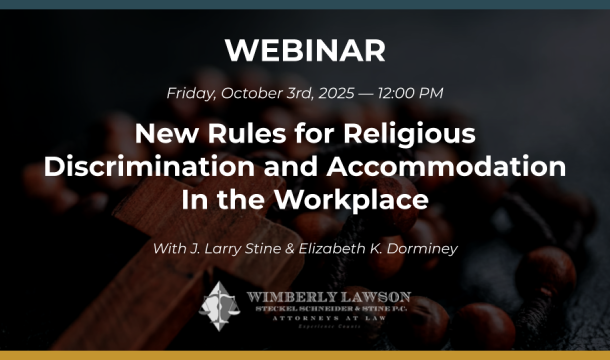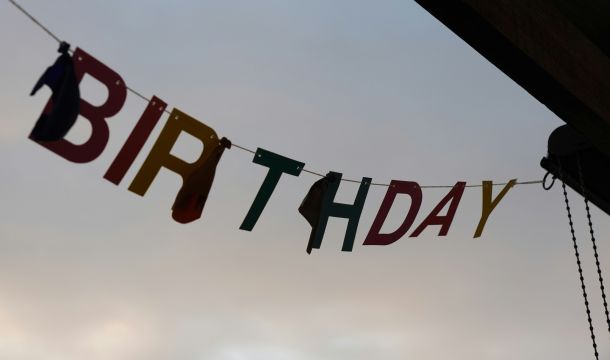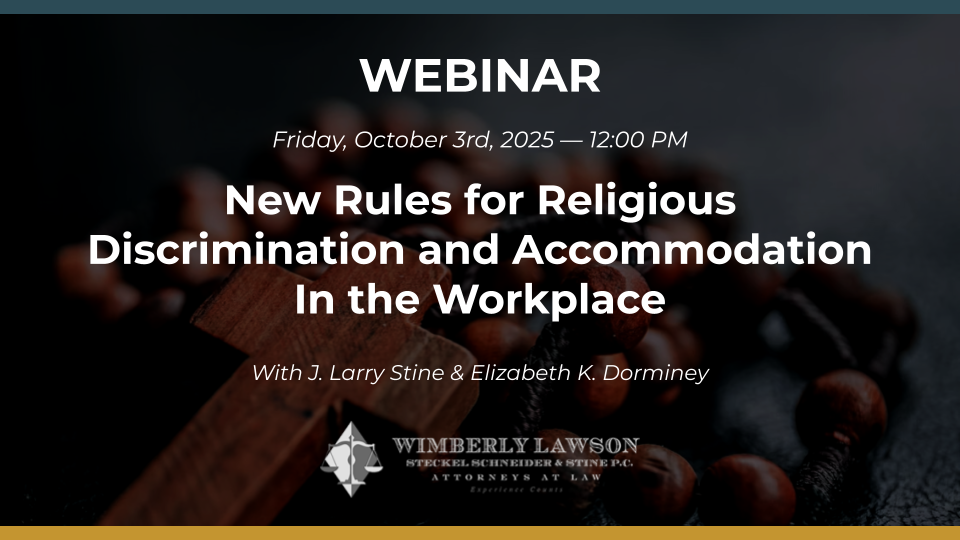Protected Concerted Activity in the Era of COVID-19: What Employers Need to Know
The National Labor Relations Board (NLRB) is one of the federal agencies that many employers do not have on their radar. The NLRB is most closely associated with union organizing efforts and collective bargaining agreements between unions and companies. In 2020, only 10.8 percent of wage and salary workers in the US were members of unions (according to the Bureau of Labor Statistics), so the vast majority of companies may think that the NLRB will not bother with them. And they would be wrong.
The National Labor Relations Act (NLRA), signed into law by President Franklin Roosevelt on July 5, 1935, is the federal statute administered and enforced by the NLRB. Most employees in the private sector are covered by the NLRA. The NLRA guarantees the right of employees to organize and bargain collectively with their employers, and to engage in other protected concerted activity. It’s the “other protected concerted activity” that even non-union employers need to be aware of.
Basically, the NLRA gives employees the right to act together to try to improve their pay and working conditions, with or without a union. If employees are fired, suspended, or otherwise penalized for taking part in protected group activity, they can file a complaint with the NLRB. The NLRB has the power to investigate and take action to make an aggrieved employee whole for any losses due to the employer’s violation of the NLRA (think lost wages and benefits for a terminated employee).
The type of conduct that falls under the definition of “protected concerted activity” is very broad. To be protected conduct, employee conduct must be both “concerted” and for “mutual aid and protection.” But individual conduct or speech can be considered “concerted;” it is well-established that concerted activity includes statements by a lone employee addressing coworkers that seek to initiate, induce, or prepare for group action or, or statements directed to management communicating a truly group complaint.
Bottom line: if employees are talking about anything related to work, it’s probably protected by the NLRA. For example, any workplace rule that prohibits employees from discussing their rates of pay with one another violates the NLRA.
A practical example of what constitutes “protected concerted activity” in the era of COVID-19 was recently addressed by the NLRB in an Advice Memorandum. An employee of a company that sells replacement windows posted a message about COVID-19 precautions on a group work chat maintained by the employer on a third-party messaging application and accessed from personal equipment: “[i]n the last three weeks, our case count has spiked in parallel timing with the last Phase of reopening.” This started a discussion among other employees offering their opinions about the effectiveness of COVID precautions.
The employee was removed from the group chat, then reinstated to the chat with the admonition that he not post anything about COVID-19. The employee eventually refused to report to work on the ground that “the imminent threat to safety caused by the recent spike in area COVID-19 cases, the Employer’s inaction in mitigating the threat, and the inability to discuss these dangers with coworkers prohibited him from performing his job in good faith.” On these facts, the NLRB concluded that the Employer had violated the NLRA by removing the employee from the group chat, making statements that restrained the employee from communicating about his work-related concerns, and constructively discharging the employee. Going forward, the NLRB will issue a complaint against the Employer, and a hearing will be conducted to determine whether the employee is entitled to reinstatement to his job and backpay.
The Takeaway: Many employees have very strong opinions about all things COVID, and they are eager to share them with others. Employers may wish to limit such discussions so that they do not interfere with work. However, when those discussions touch on workplace issues, such as workplace mitigation procedures, workplace vaccination policies, or workplace safety, employers need to tread very lightly or risk an NLRB complaint (or even worse, an OSHA citation for retaliating against an employee who complains about workplace safety issues).

Kathleen J. Jennings is a former principal in the Atlanta office of Wimberly, Lawson, Steckel, Schneider, & Stine, P.C. She defends employers in employment matters, such as sexual harassment, discrimination, Wage and Hour, OSHA, restrictive covenants, and other employment litigation and provides training and counseling to employers in employment matters.
Related Content
Get Email Updates
Recent Content

New Rules for Religious Discrimination and Accommodation In the Workplace

TPS Update (as of 9/3/2025)

DOL To Shut Down OFCCP and Transfer Duties to EEOC

Meaning of Supreme Court Ruling Limiting Nationwide Injunctions in Birthright Case

In Spite of Adminstration Changes, Monitoring of the Workplace Continues to Create Legal Issues




